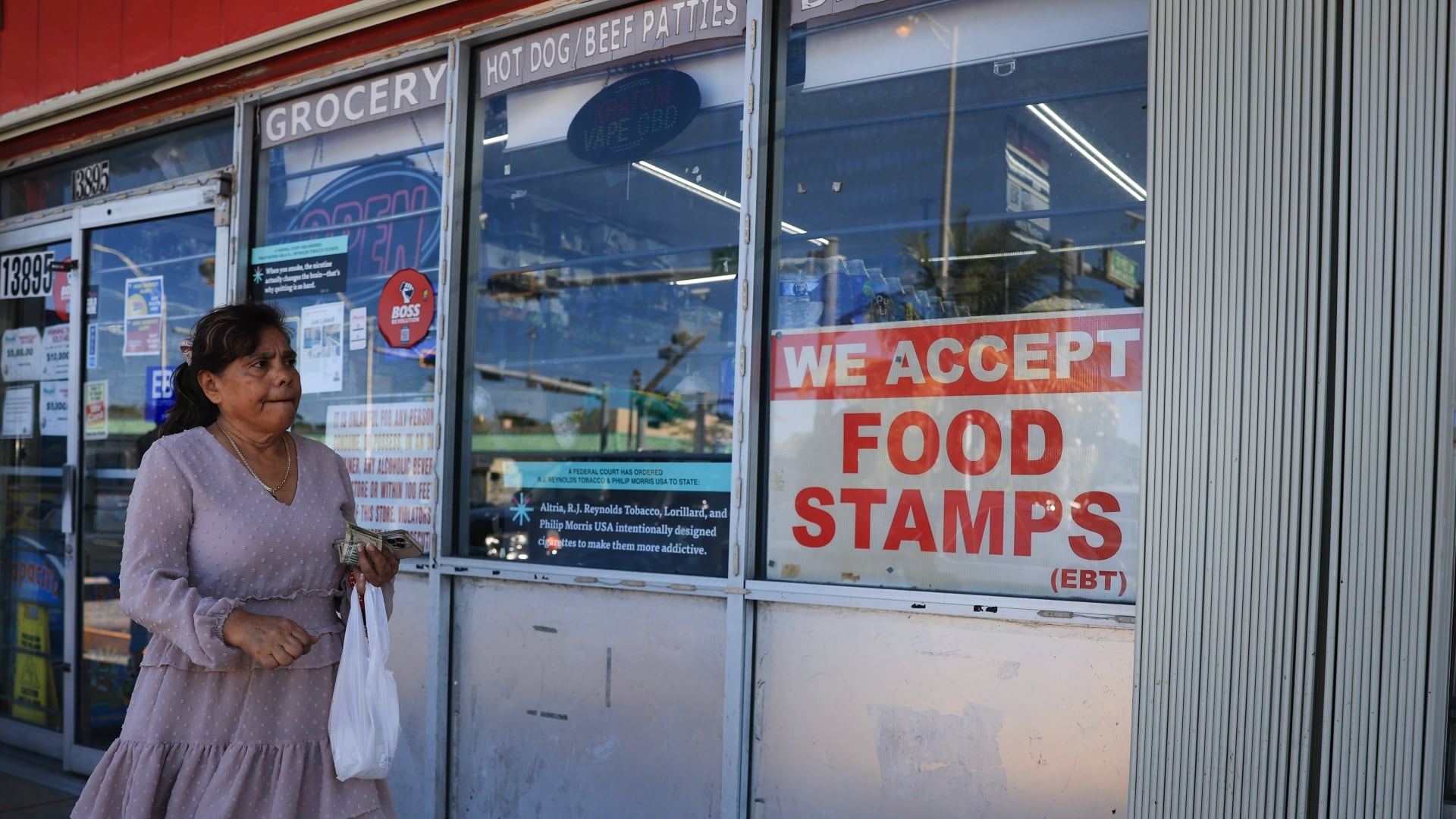Stitch Fix CEO Katrina Lake set a couple records last year: she was the only woman to take a tech company public in 2017, and she was the youngest female *ever* to lead an IPO. Those milestones encapsulate Silicon Valley’s male-dominated landscape. It was something that became clear to Lake when she was first trying to raise money, as she found herself selling a product that was, at the time, geared towards women to a room full of men. “It was just challenging to get people super passionate about the business,” she told Cheddar in an interview Thursday. “There’s natural biases when you’re looking at such a homogenous group. “It was probably a little bit more of an uphill journey than if I had a more male service.” The online styling subscription service raised $120 million in its November IPO. While the company missed profit estimates for its most recent quarter, revenues rose more than 24 percent to $296 million. It forecast sales of $1.2 billion for its full fiscal year. Stitch Fix’s ability to stay profitable, even before going public, put it in a rare category of tech start-ups. It’s even more rare to find a subscription-model business do well at a time when companies like Blue Apron are bleeding capital. Lake attributed that success to market demand. “It’s ultimately the product-market fit,” she said. “The proposition of being able to share a little about yourself, have a ‘Fix’ delivered to you so that you can try clothes on at home, in a way that’s convenient and fun, is something that helps us to continue to perpetuate this consistent growth.” For the full interview, [click here](https://cheddar.com/videos/being-the-youngest-female-founder-to-take-a-company-public).












